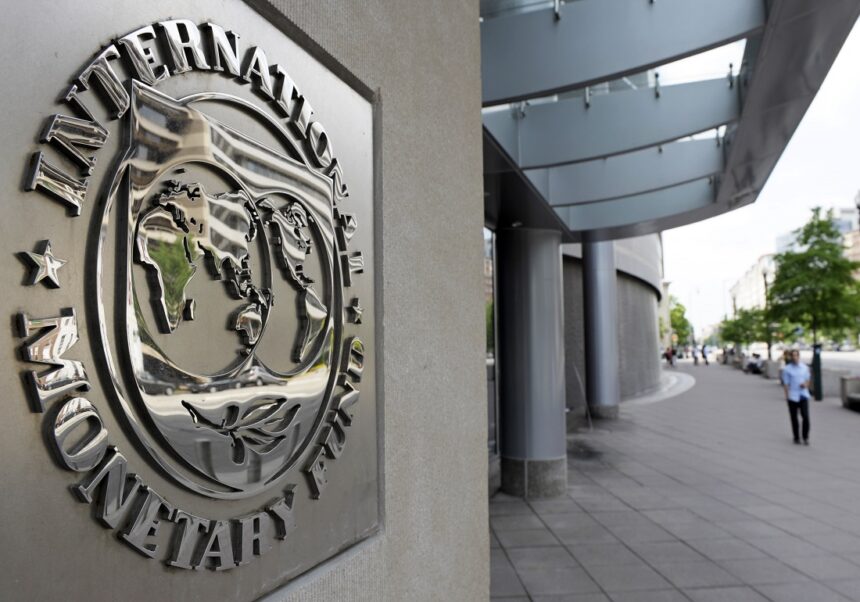For a real reduction in public debt, an adjustment of 3.8% of GDP each year would be necessary
Global public debt is expected to continue to rise and reach $100 trillion by the end of the year, i.e. 93% of global GDP, the International Monetary Fund announced today, expressing concern (IMF) on the occasion of the publication of his fiscal monitor report.
In terms of percentages there is no increase, as the public debt had already reached 93% in 2023, but it has increased in value and above all the trend does not seem to reverse, reports the Fund expressing its regret, which predicts that the ratio will reach 100% by the end of the decade.
In comparison, the private debt of households and non-financial private enterprises accounted for at the end of 2023 146% of global GDP, according to IMF data.
“There are even reasons to think that the situation is even worse than expected,” underlined Ira Dubla-Norris, deputy director of the IMF’s fiscal affairs department, on the occasion of a press conference via the Internet.
“Experience reminds us that debt projections tend to be overly optimistic, either because governments are overly optimistic about their growth projections or because fiscal reforms are never fully implemented,” he said.
Although states have already announced fiscal adjustments, it is not necessary that these will allow public debt to stabilize and even less its reduction, even if fully realized.
This is because some of the major economies, at the forefront of which are the US and China, are seeing their debt continue to rise and there is no sign that this trend will reverse.
For a real reduction in public debt, an adjustment of 3.8% of GDP would be necessary every year until the end of the decade, compared to the 1% considered so far.
But a significant reduction in public spending could have a significant impact on countries’ development, with an increase in inequality and the debt ratio, the IMF also points out.




